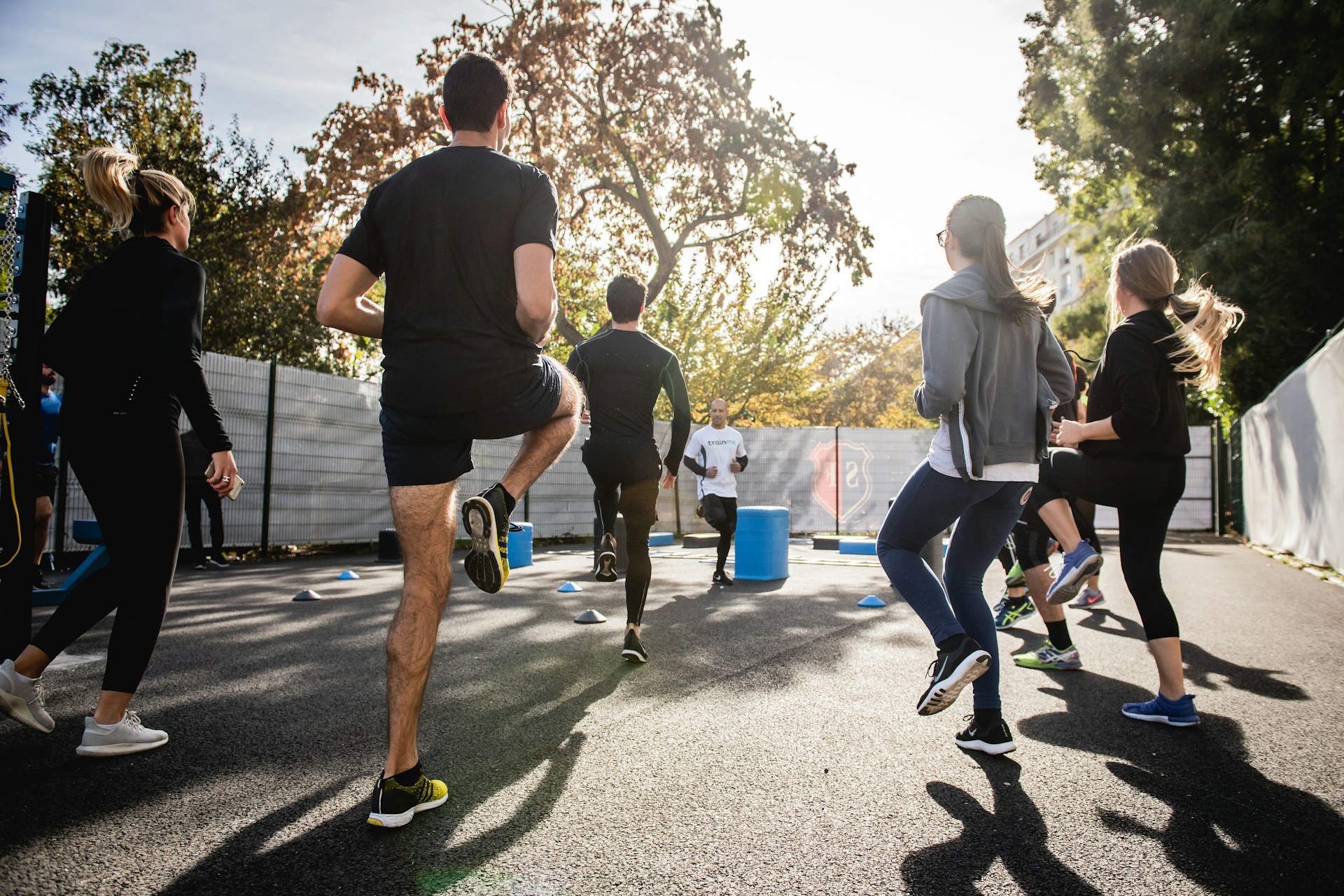How to design a tailored warm-up routine for a sprint hurdler?

As a coach or an athlete, the science and art of hurdling remain a fascinating aspect of track and field sports. The exceptional blend of speed, agility, and precision required to clear hurdles while maintaining a high sprint speed is a unique skill. To enhance this skill, a specially tailored warm-up routine is crucial. Such a routine not only prepares the athlete physically but also mentally. It sets the pace for the rest of the training session or the competition. In this piece, we'll provide an in-depth look at how to design an optimized warm-up routine for a sprint hurdler.
Understanding the needs of a Sprint Hurdler
First, it's vital to understand the complexities that the sprint hurdler faces. This sport involves explosive sprints and high jumps, requiring substantial strength and speed. The main work muscles here are the quadriceps, hamstrings, and gluteal muscles, which propel the athlete forward and upwards.
Traditionally, a hurdler's warm-up routine involves jogging, stretching, strides, and hurdle drills. However, this is a broad spectrum routine that doesn't consider the specific needs of the individual athlete. We need to tailor the routine to their personal strengths, weaknesses, and goals.
Components of a tailored warm-up routine
A personalized warm-up routine for a sprint hurdler should be comprehensive, focusing on all aspects that will improve the athlete's performance. This includes general warm-up, hurdle-specific warm-up drills, and mental preparation.
General Warm-up
The general warm-up aims to raise the body's core temperature and to increase blood flow to the working muscles. This stage should take about 10-15 minutes and comprise of low intensity exercises. Begin with a light jog for about 5 minutes. This should be followed by dynamic stretches targeting the hip flexors, hamstrings, and quadriceps. It's essential to focus on these areas since they will bear the brunt of the workouts ahead.
Hurdle-Specific Warm-up Drills
Once the athlete is adequately warmed up, the next component is hurdle-specific drills. These drills are designed to mimic the movements the athlete will make during the actual sprint. This stage is crucial for improving the hurdler's speed, agility, and coordination.
Begin with walkover drills, where the athlete walks over a set of low hurdles. This helps them to focus on their leg movements and positioning. Progress to running over the hurdles, first at a reduced speed, then gradually increasing to near competition speed. Make sure to allow sufficient rest time between sets to avoid fatigue.
Mental Preparation
Lastly, we can't overlook the mental aspect of training. A sprint hurdler should be mentally ready to face the challenges the hurdles present. This is why the last few minutes of the warm-up should be dedicated to mental preparation. Encourage the athlete to visualize the race, focusing on their speed, hurdle clearance, and finish. This will boost their confidence and enhance their focus.
Optimizing the Warm-up Routine
A warm-up routine should not be static. As the athlete progresses in their training and improves their strength and speed, the routine should also evolve. Regularly evaluate their performance, identify areas that need improvement, and adjust the routine accordingly.
Nutrition and Hydration
Never underestimate the power of good nutrition and hydration in an athlete's performance. Even the best warm-up routine can't compensate for poor nutrition or dehydration. Ensure the athlete has a balanced diet rich in proteins, carbohydrates, and healthy fats. Hydrate adequately before, during, and after the warm-up and training sessions.
In conclusion, a tailored warm-up routine is crucial for a sprint hurdler's performance. It prepares the body and mind for the high-intensity workout ahead, reduces the risk of injury, and enhances the athlete's overall performance. By understanding the athlete's needs and continuously evaluating and adjusting the routine, you can help the hurdler achieve their best performance.
Speed and Strength Training for a Sprint Hurdler
One of the vital aspects of a sprint hurdler's performance is the perfect balance of speed and strength. The speed training is focused on improving the athlete's explosive power and sprinting speed, essential for accelerating between hurdles. Whereas, strength training is crucial for the high jumps and for maintaining stability during landings. Both these components should be factored into the warm-up routine.
Speed Training
Start with short sprints to improve the athlete's quickness. Gradually increase the distance to mimic the conditions of a sprint hurdle race. Speed drills, such as acceleration runs and sprint intervals, can help improve their sprinting capabilities.
Plyometric exercises, like the bounding and skipping drills, can also enhance their speed and power. These exercises are great for activating the fast-twitch muscle fibers, responsible for explosive movements in hurdling.
Strength training
On the other hand, strength training should focus on the muscles that provide the power for hurdling – the gluteal muscles, hamstrings, and quadriceps. Exercises like jump squats, box jumps, and lunges can build the leg strength. It is important also to incorporate upper body exercises, like push-ups and pull-ups, since arm movement is a critical part of hurdle technique.
Advanced Hurdle Techniques: Lead Leg and Trail Leg
A sprint hurdler needs to master two key techniques to improve hurdle clearance – the lead leg and the trail leg technique. Incorporating these techniques into the warm-up routine can enhance the hurdler's form and efficiency.
In the lead leg technique, the objective is to rapidly drive the knee up and forward, allowing the hurdler to clear the hurdle smoothly. This technique requires excellent hip flexor strength, which can be developed through targeted plyometric exercises like mountain climbers or high knee runs.
The trail leg technique involves swiftly lifting and swinging the trailing leg around the side of the hurdle. This motion demands significant strength and flexibility in the hips and hamstrings. Dynamic stretches and mobility exercises can help improve this aspect of the hurdler's performance.
Conclusion
Designing a tailored warm-up routine for a sprint hurdler is a strategic process that requires an understanding of the athlete's individual needs, strengths, and weaknesses. By incorporating elements such as general warm-up, hurdle-specific drills, mental preparation, speed training, strength training, and advanced hurdle techniques, we can create a comprehensive routine that prepares the athlete both physically and mentally.
This training regimen enhances the athlete's speed, agility, explosive power, and hurdling techniques, setting them up for a successful training session or competition. Alongside this, good nutrition and hydration are essential to support the high-intensity workouts and recovery. With continuous evaluation and adjustments, this tailored routine can help improve the hurdler's performance, leading them to achieve their best on the track field.
